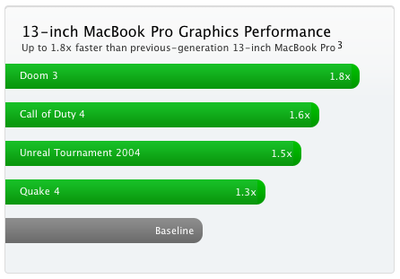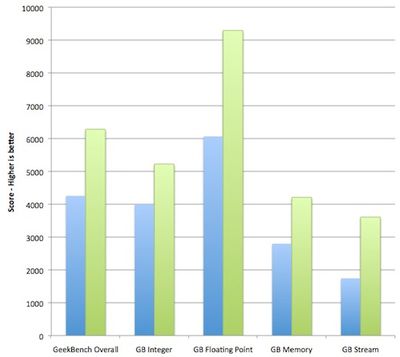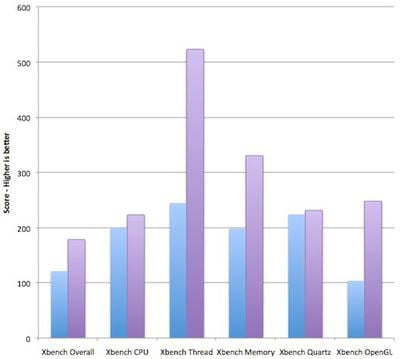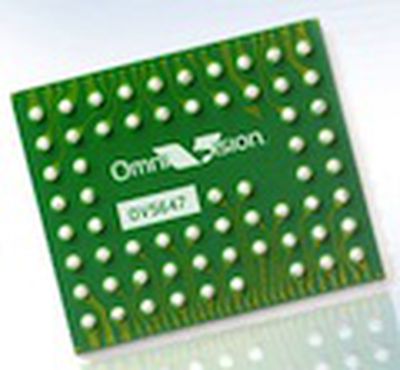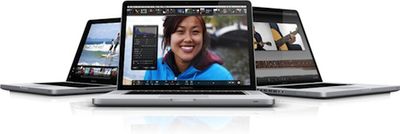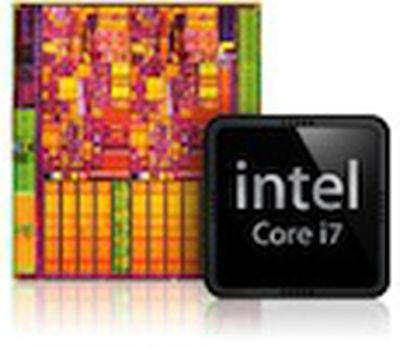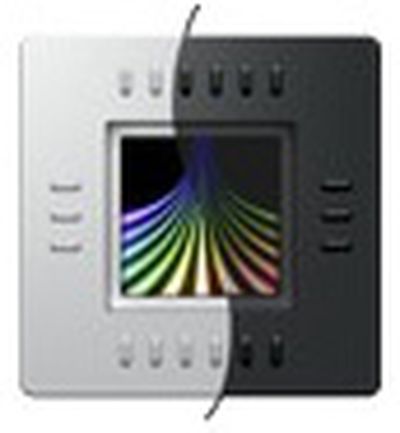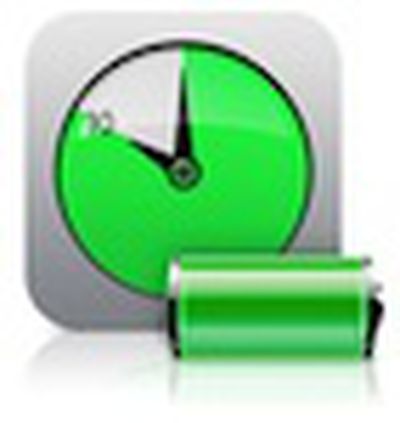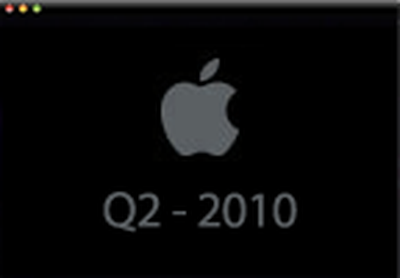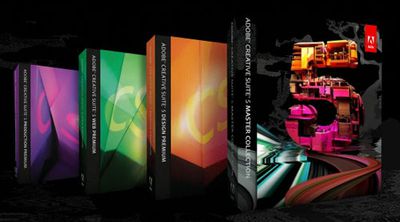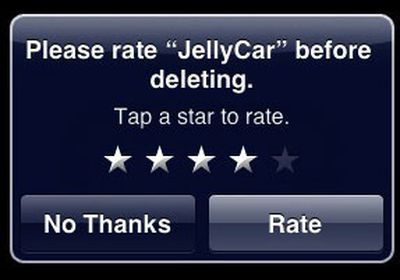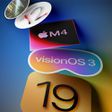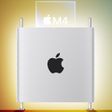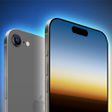Apple today
announced updates to its
MacBook Pro line, offering improved performance with new Intel Core i5 and i7 processors. The new 13" MacBook Pro models carry a 10-hour battery, while the new 15" and 17" models are claimed to carry 8-to-9 hours of battery life. Apple has also introduced new high-resolution displays for its 15" MacBook Pro, offering a standard 1440x900 glossy screen with options for 1680x1050 screens in glossy (+$100) or anti-glare (+$150).
Apple today updated the MacBook Pro line with faster processors, powerful next-generation NVIDIA graphics and even longer battery life. The popular 13-inch MacBook Pro features the new NVIDIA GeForce 320M graphics processor for up to 80 percent faster graphics and a groundbreaking 10-hour built-in battery. The new 15-inch and 17-inch MacBook Pro models feature Intel Core i5 and i7 processors and Apple's new automatic graphics switching technology that toggles seamlessly between powerful NVIDIA GeForce GT 330M and energy efficient Intel HD Graphics processors.
Pricing has changed slightly from the previous generation, with the low-end 15" MacBook Pro seeing a $100 price hike while the high-end 15" and 17" models experience $100 and $200 price cuts respectively.
As with the previous generation, Apple is offering six standard MacBook Pro configurations across the line's three sizes:
13" MacBook Pro
- $1199: 2.4 GHz Core 2 Duo, NVIDIA GeForce 320M, 4 GB RAM, 250 GB hard drive
- $1499: 2.66 GHz Core 2 Duo, NVIDIA GeForce 320M, 4 GB RAM, 320 GB hard drive
15" MacBook Pro
- $1799: 2.4 GHz Core i5, Intel HD Graphics and NVIDIA GeForce GT 330M with 256MB, 4 GB RAM, 320 GB hard drive
- $1999: 2.53 GHz Core i5, Intel HD Graphics and NVIDIA GeForce GT 330M with 256MB, 4 GB RAM, 500 GB hard drive
- $2199: 2.66 GHz Core i7, Intel HD Graphics and NVIDIA GeForce GT 330M with 512MB, 4 GB RAM, 500 GB hard drive
17" MacBook Pro
- $2299: 2.53 GHz Core i5, Intel HD Graphics and NVIDIA GeForce GT 330M with 512MB, 4 GB RAM, 500 GB hard drive
The 2.66 GHz Core i7 processor is available on the 17" MacBook Pro as a $200 build-to-order upgrade. All models also offer up to 512 GB of solid-state storage or 500 GB of traditional hard drive storage. All models offer new support for inertial scrolling on the multi-touch trackpad.
The MacBook Pros were last updated in June, and a revision has been widely expected. An entry for an unreleased Core i7-based MacBook Pro appeared in Geekbench's online benchmarking database in early February, and while a number of hints and rumors suggested that a release might be imminent at that time, a shortage of Intel's new notebook chips appears to have delayed things.
Rumors picked up again earlier this month, with a report last week pinpointing today for the launch. Over the weekend, part numbers began to appear at third-party resellers while a number of retailers were running dry of MacBook Pro supplies, further suggesting that an update was right around the corner.
